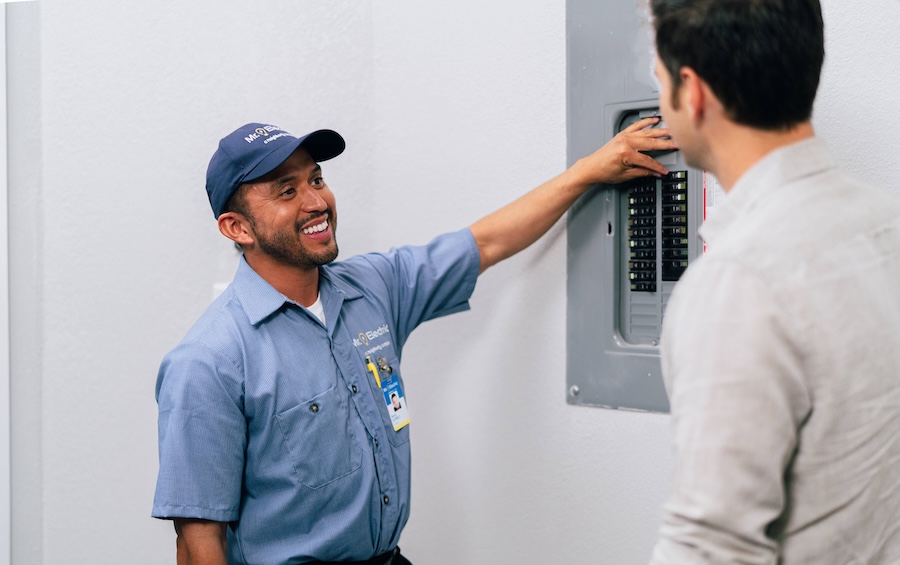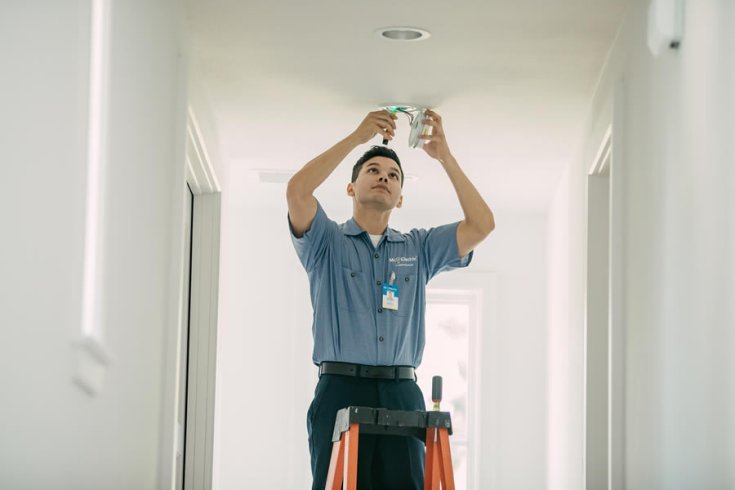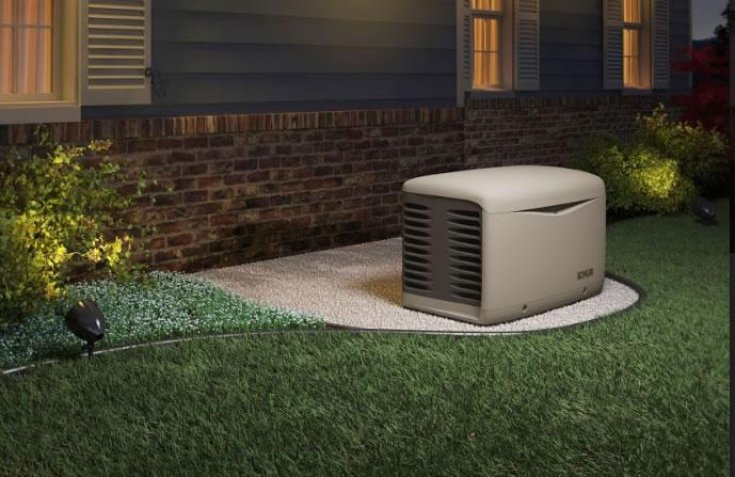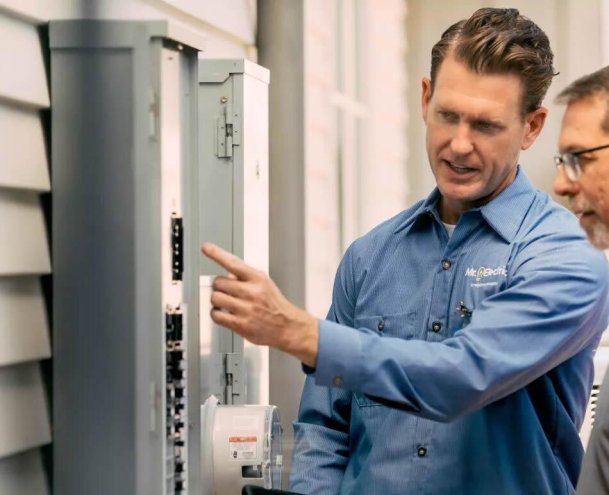Most homeowners don’t think about their circuit breaker until something stops working. The lights flicker, an appliance cuts out, or a breaker trips for the third time in a week. That’s usually when it clicks that something in the electrical system isn’t keeping up. Mr. Electric has seen this scenario many times, and it’s a common sign of a system stuck in the past. The truth is, an outdated circuit breaker can limit how well your home runs, how safe it is, and how much energy you waste. Let’s look at the most common signs that your old breaker is holding you back and what you can do to fix it.
Tripped Breakers Have Become a Routine Event
When a breaker trips once in a while, that’s normal. It’s doing its job to protect the system from overload. But if you’re resetting the same breaker week after week, it’s a sign of deeper trouble. Older breakers can lose sensitivity, which means they either trip too easily or fail to trip when they should. Frequent trips can mean your electrical demand has outgrown your panel’s design. Homes built before the 1990s were never intended to power today’s number of devices. Think about everything running in your house right now, like computers, chargers, air fryers, and climate systems. Each one pulls energy through circuits that may already be close to full. You can move things around to balance the load, but that only helps for a while. The lasting fix is to upgrade the system. A team of electricians can inspect your panel, determine your total electrical load, and see if you’re due for new circuit breaker installation.
Your Lights Dim or Flicker Under Load
If your lights dim when the air conditioner kicks on, your circuit breaker could be part of the issue. It’s trying to manage sudden power demands, but may not be distributing current evenly. Uneven power flow puts strain on appliances and makes lights flicker or pulse. Changes in voltage wear out electronics faster and waste energy. Devices like computers and televisions need steady power to work the way they should. During an electrical repair, a professional checks the panel for any voltage swings that could cause problems. If your breaker or wiring can’t handle the power draw, they’ll recommend the right electrical service to correct it. Sometimes that means replacing just the breaker. Other times, it means upgrading the entire panel to improve distribution and efficiency.
The Panel Itself Shows Its Age
Take a look at your breaker box. If it’s covered in dust, rust, or old labeling, that’s a red flag. Corrosion around the panel door or breakers can interrupt connections and create resistance. That resistance generates heat, which can become a hazard. Older panels may also have brands that were recalled or discontinued. Some older models lack proper grounding or safety mechanisms used in modern systems. If your home still has fuses instead of breakers, that’s an immediate reason to call for professional help. A modern circuit breaker installation comes with advanced safety features that prevent arcing and detect faults faster than older designs. That’s one reason today’s systems are far more reliable. If you’re not sure about the age or type of panel you have, schedule an inspection before it causes a larger issue. The peace of mind is worth it.
Your Home Can’t Handle Modern Electrical Needs
Your breakers may look like they’re working, but they could still be holding your system back. Today’s homes draw far more power than older wiring was made for. Kitchens use heavy-duty appliances, garages have car chargers, and offices run multiple screens at once. If your house wasn’t designed for that demand, you might feel the strain through hot breakers or overloaded circuits. Some homes still use 100-amp panels, but newer ones begin at 200. That upgrade makes a big difference in daily comfort and reliability. An electrical service can show you how much power your lifestyle requires. If your system falls short, upgrading your panel or adding circuits helps distribute energy evenly. An upgrade also raises your home’s value and future-proofs it for additional appliances or renovations. The right upgrade can even reduce strain on your HVAC system and lighting. Everything runs more efficiently when power flows the way it’s supposed to.
You Smell Something Burning or Hear Buzzing
This is one sign you can’t ignore. A faint burning smell near your breaker box could mean a wire is overheating. Buzzing, sizzling, or popping sounds might indicate arcing inside the panel. Both are urgent warnings that your system needs an electrical repair right away. These problems develop when connections loosen or components degrade. Old insulation can crack, and dust can build up inside the panel. If you catch these signs early, you may prevent a fire or system failure. Shut off power to the panel and call for emergency help from qualified electricians. Never attempt to open or replace breakers yourself. The interior components of an electrical panel hold live current, even when it looks inactive. Handling it without training is dangerous.
Breakers That Won’t Reset
A breaker that refuses to reset is warning you about a serious issue. It might have internal damage, or it could be reacting to a short in the circuit. Either way, that breaker is no longer reliable. Putting in a new breaker can bring power back, but it helps to know why the old one failed. An electrical technician can test the wiring tied to that breaker to check for short circuits or worn outlets. If more than one breaker starts acting up, it could mean the system has reached the end of its service life. Newer breakers are built to reset smoothly and keep a steady trip function. When they start to resist, it means the spring or contact inside has worn down. This is a clear sign that a full upgrade might be due.
You’ve Added New Appliances or Renovations
Adding a new HVAC system, hot tub, or home workshop increases your home’s power needs. If you upgraded your living space but didn’t upgrade your panel, your circuit breakers could be overloaded. Even without visible signs, you may notice your system running warmer or your lights slightly dimming under load. A professional can test your circuits and see if your panel is properly rated for your total usage. This is also a good time to consider a panel expansion. Upgrading before an issue develops saves time and money in the long run. It’s easier and safer to prepare your system now than to scramble during an outage later.
Outdated Breaker Brands or Recalled Panels
Certain breaker brands from previous decades have been linked to performance issues and recalls. Panels like Federal Pacific and Zinsco, for example, are known to fail during overloads instead of tripping. If your home still uses one of these panels, replacement should come first on the list. An electrician can check the make and model to confirm what you have. If it’s on a recall list, they’ll go over the safest replacements and help plan the upgrade. A new panel brings your electrical system up to current standards and lowers your insurance risk. Some providers even require replacements before approving coverage on older homes.
Is It Time to Upgrade Your Breaker?
If you’ve experienced any of these symptoms, schedule an inspection with local electricians. Whether you need an electrical repair or a complete circuit breaker installation, a professional will guide you through the safest and most cost-effective path forward. Call Mr. Electric today to schedule your inspection or panel upgrade. Our team provides dependable electrical service so your home can run safer and stronger.








